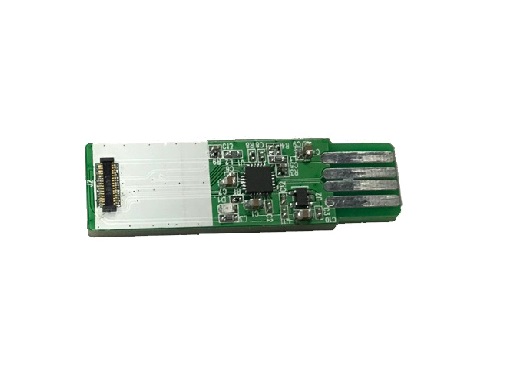Hello!
This forum thread is about FreeBSD on the Pinebook Pro.
I was able to build a custom FreeBSD image running on the Pinebook Pro.
Moreover, in two versions Minimal and Desktop XFCE.
Verified that it boots from eMMC.
Booting from SD card is not guaranteed.
Here are the links to download the boot images.
FreeBSD-aarch64-13.0-RELEASE-Pinebook-Pro-20210420.img.xz
If you are unable to start with an SD card, you are very
would like to have FreeBSD DESKTOP on Pinebook Pro you can.
Option 1.
Block eMMC flash using switch 24 and launch will happen with SD card.
Option 2.
And using any bootable Linux SD card.
Burn FreeBSD image directly to eMMC flash.
Good luck everyone.
This forum thread is about FreeBSD on the Pinebook Pro.
I was able to build a custom FreeBSD image running on the Pinebook Pro.
Moreover, in two versions Minimal and Desktop XFCE.
Verified that it boots from eMMC.
Booting from SD card is not guaranteed.
Here are the links to download the boot images.
FreeBSD-aarch64-13.0-RELEASE-Pinebook-Pro-20210420.img.xz
If you are unable to start with an SD card, you are very
would like to have FreeBSD DESKTOP on Pinebook Pro you can.
Option 1.
Block eMMC flash using switch 24 and launch will happen with SD card.
Option 2.
And using any bootable Linux SD card.
Burn FreeBSD image directly to eMMC flash.
Good luck everyone.
Last edited:

